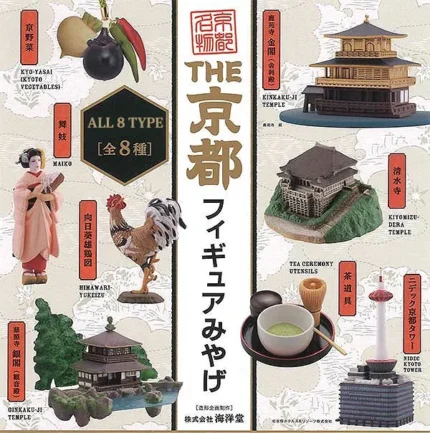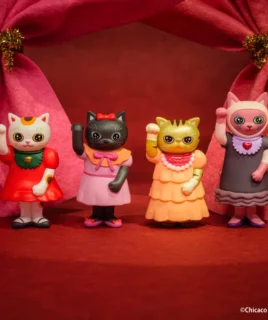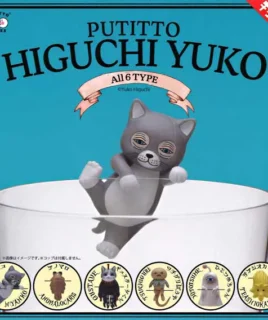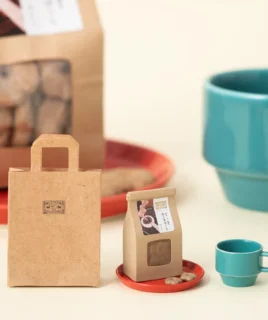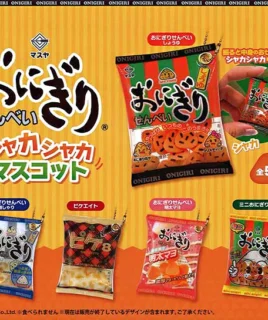Leuchtende Kugelketten-Schlüsselanhänger
Booska Pocket Monsters
Retro -Monstermagie, die im Dunkeln leuchtet - treffen Sie Booska!
Was ist aktuell beliebt?
COPIC – der Kultmarker, jetzt als verspielter Mini-Schlüsselanhänger.
Jetzt einkaufenMini-Helden, maximaler Coolness-Faktor. Retro-Vinyl-Helden – Mini-Schlüsselanhänger-Kollektion
Jetzt einkaufenCharmy & Friends Mini-Universum
Jetzt einkaufenVolle Rückerstattungsgarantie!
Schnelle Lieferung in nur 1 Woche!
Teile Japan und erhalte Prämien!
Volle Rückerstattungsgarantie!
Schnelle Lieferung in nur 1 Woche!
Teile Japan und erhalte Prämien!
Zuletzt angesehen
Bestseller-Produkte

Ein bisschen Japan
Viel Freude








